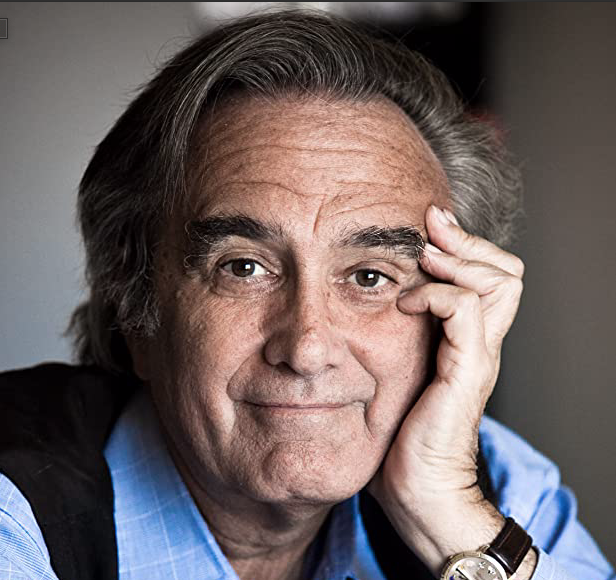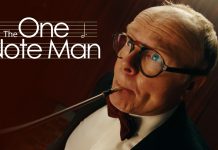Along with the likes of George Lucas and Steven Spielberg, Joe Dante is a name synonymous with some of the most well-loved movies of all time, including THE HOWLING (1980/81), GREMLINS (1984) and SMALL SOLDIERS (1998).
Now, the virtual Chattanooga Film Festival is honouring Dante with a prestigious Lifetime Achievement Award in honour of his long and distinguished career.
Film and TV Now had the pleasure of speaking with the film-maker, as he reflected on key moments in his career, as well as his perspective on the state of creativity and production in the movie industry today.
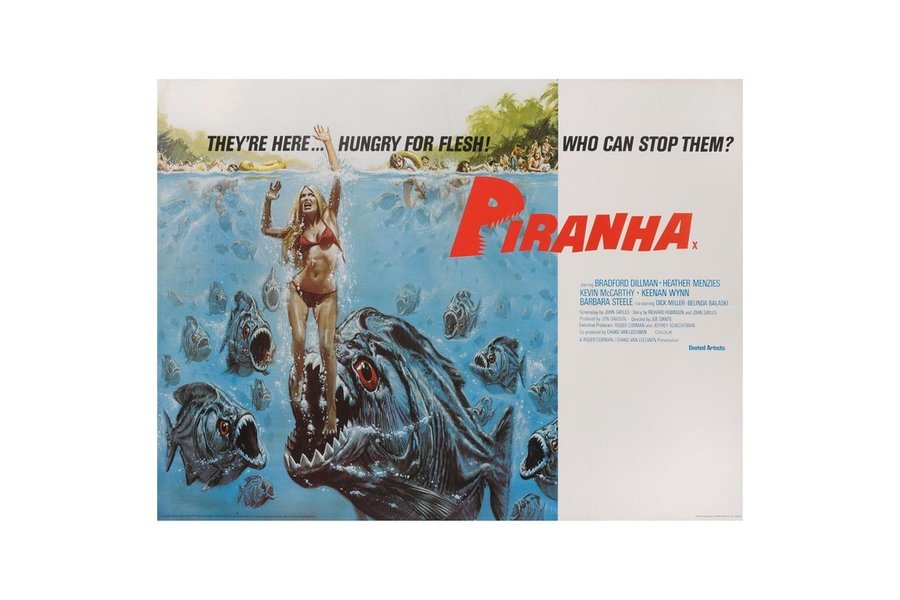
FILM AND TV NOW: You began your career under Roger Corman, where films were made very quickly and cheaply. What would you say was the key thing that you took away from that period that has been a constant point of reference during your whole career as a director?
JOE DANTE: Those of us who got our start working for Roger Corman learned to think on our feet, plan when possible and improvise when the plan doesn’t work, and work quickly and economically (to say the least!). We learned that the only thing that matters in the end is what happens between “action” and “cut”, no matter how elaborate or impoverished the production.
FTVN: You made THE HOWLING roughly around the same time that AN AMERICAN WEREWOLF IN LONDON was bowing as well. Were you aware of the Landis film at the time and could you share the marketing experience of the film and how you got the film out during that initial run?
JD: THE HOWLING was a troubled project that I was offered after the first director was let go. I brought in John Sayles, as I had on Piranha, to retool the script and depart as much as possible from the source material.
AMERICAN WEREWOLF didn’t come about until we had begun pre-production, which is why Rick Baker, who had promised to make werewolves for John Landis if his movie ever got made, had to leave my film and hand the reins to his protege Rob Bottin. There was no other connection between the two movies. We opened in Europe in 1980 and thus beat Landis’ more expensive film to market.
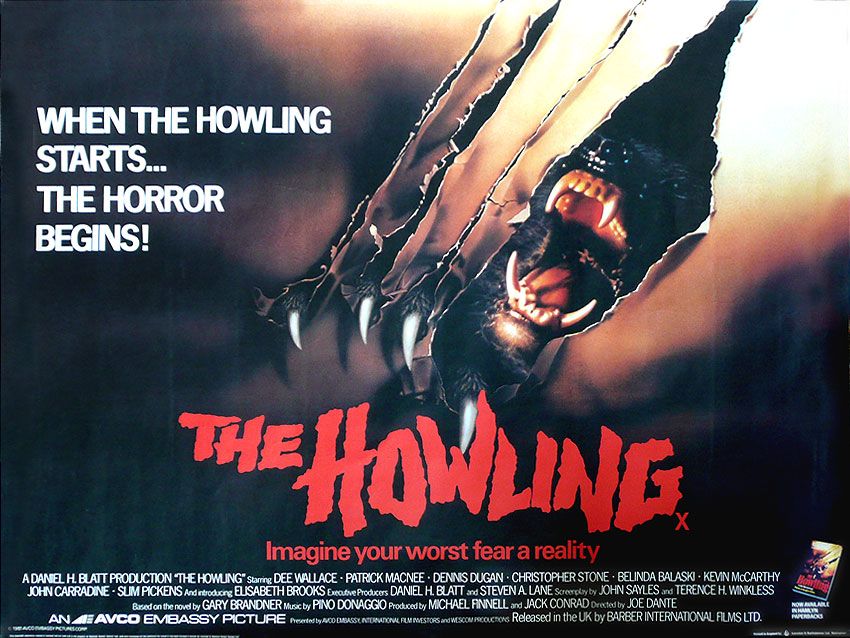
FTVN: One thing that I have noticed at times is you have used a lot of Looney Tunes references and you directed LOONEY TUNES: BACK IN ACTION, as well as the TWILIGHT ZONE – THE MOVIE segment, It’s A Good Life. What was your particular fascination with the characters in these cartoons?
JD: I grew up with the Looney Tunes characters and since I had always hoped to be a cartoonist I was quite smitten with all animated characters from Warners to Disney. The anarchic spirit of cartoons by Jones, Freleng, Avery and Clampett became part of my ethos and seems to have worked its way into a lot of my work.
FTVN: You worked with the legendary Jerry Goldsmith, one of my all-time favourite composers for so many great works during his career and his final score was LOONEY TUNES: BACK IN ACTION. Please tell us about the magic of working with him and what was it that he always managed to pull out of the hat on your films that took them to a new level musically?
JD: “Inheriting” Jerry Goldsmith, who was hired to score the TWILIGHT ZONE movie before I got involved, was one of the luckiest breaks in my career and led to years of friendship and rewarding collaboration.
In the end Jerry scored more of my stuff than any other director (Franklin Schaffner ran a close second), and in every case elevated the films far beyond what they would have been without his contribution. And he was a trouper…he labored mightily to try to finish LOONEY TUNES: BACK IN ACTION but he just couldn’t, and his friend John Debney did the last reel or so in Jerry’s “style”, or at least the one he adopted for that project.
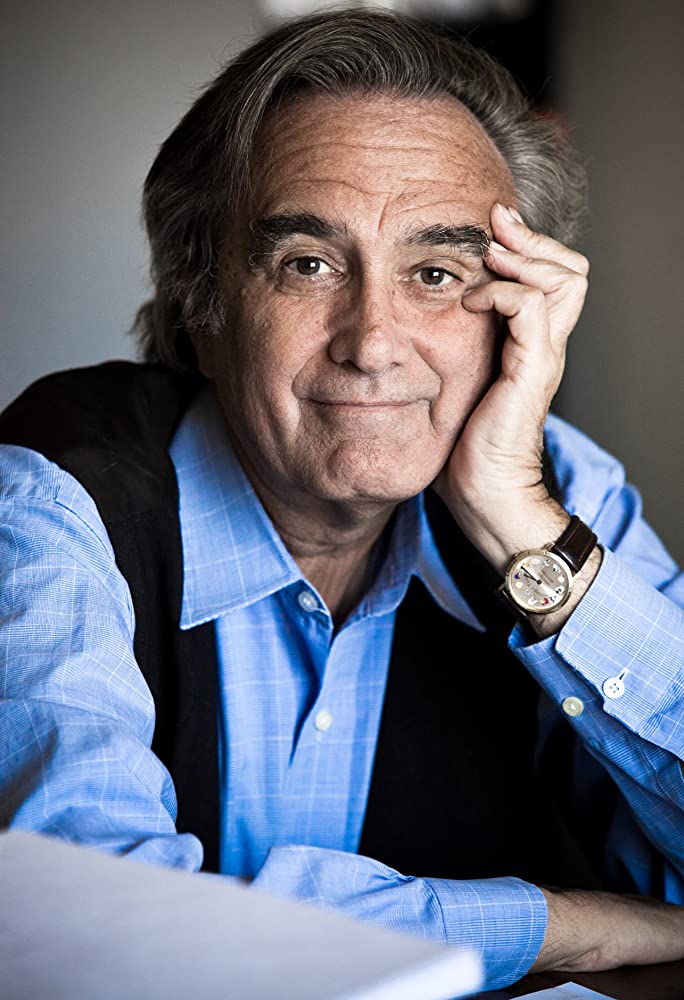
FTVN: PIRANHA was one of the few post-JAWS movies that still works today. What was it that made it stand out for you and what was your relationship like working with John Sayles on this and THE HOWLING?
JD: PIRANHA was another rewrite and John Sayles’ first movie script, working from a substandard original that had none of the plot or characters John added, along with the political satire. We got on well enough for me to ask him back for THE HOWLING rewrite, and over the years we’ve collaborated on any number of scripts that didn’t get made.
Plus he’s worked with me as an actor, which was the ruse I used to get him down to the Texas location of PIRANHA to do script tweaks. I think its lasting popularity has something to do with the fact that we knowingly positioned it as a Jaws rip-off if not an outright parody.
FTVN: PIRANHA was remade as an even bloodier remake by Alexandre Aja in 3D. What are your thoughts on the process given the technological advances out there now that make almost anything possible and would you have made the film differently if modern effects and technology had been around in 1978?
JD: Of course technology has made leaps and bounds since the comparatively primitive tools we used on PIRANHA, as can be seen in the Aja remake. We did manage some convincingly bloody close shots with varied camera speeds and puppets but we just never managed to achieve the believable masses of travelling fish that can now be so credibly pictured via CGI. Otherwise I think I’d have made essentially the same movie, just with better piranhas.
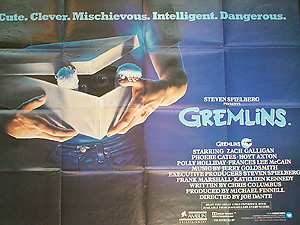
FTVN: GREMLINS was one of the biggest hits of 1984, but like INDIANA JONES AND THE TEMPLE OF DOOM it was a film that straddled generations, as a film that contained cuteness with a dark edge. When you reflect on the impact of that film, do you feel it was the start-off point for film-makers daring to push the edge as much as possible so they could get darker elements into what traditionally were family-orientated films?
JD: I don’t think I’d go so far as to say GREMLINS led the way to darker themes in so-called family fare, but it did lead, along with TEMPLE OF DOOM, to the creation of the PG-13 rating to account for edgier material that was finding its way into 80s movies.
Its’ success was as unexpected as it was gratifying– it wasn’t that often that a medium budget non-sequel with no advance publicity and no star names turns into a sleeper hit. Its offbeat appeal still amazes me, especially in regard to the popularity of the never ending stream of merchandise that continues to glut the shelves of comic book stores the world over, much of which is based on the various Gremlin designs seen in the sequel.
FTVN: Which cast and crew have you enjoyed working with the most and what was your favourite movie to work on over the years so far?
JD: That’s like asking which one of your children you love the most.
I always enjoy the cast and crew on anything I do, and a lot of the best things that have happened on any set of mine have arisen from input or suggestions from the people around me.
Although I’ve had some unrewarding experiences with employers and producers, usually because they’ve changed their minds about what kind of picture we’re making, the act of shooting and editing is invariably fun.
I would say GREMLINS 2 was a highlight because I was given unprecedented freedom by the studio, which didn’t quite understand why the original was such a hit and wanted me to repeat the “magic”. Which was the last thing I really wanted to do, so I made it into one of the more, um, unusual major studio sequels ever.
FTVN: Some directors get compartmentalised into a specific genre and there is often an expectation that they will always do a specific kind of film. Are there any genres that you would love to attempt, even today?
JD: Since my early successes were horror films I did get typed, but I didn’t mind because I’ve always liked those kind of films. But I’ve been able to branch out occasionally into comedy (usually on the dark side) and once I even got to do a western with Brian Keith. But some of my best work has been outside the genre, including THE SECOND CIVIL WAR which I did for HBO and has been coming true nearly every day since.
FTVN: You directed episodes of POLICE SQUAD!, which led to the hugely successful NAKED GUN films. Tell us about your experience working with the AIRPLANE / TOP SECRET! team on those shows.
JD: My friend Jon Davison had produced my first and second films (we go back to the mid 60s together). When he was doing AIRPLANE! he offered it to me ..and I turned it down! Oy!!
But at the time, I just didn’t get it. That was before I realised it was a shot-for-shot remake of the 1957 Arthur Hailey ZERO HOUR, just with everything exaggerated to absurd lengths, which of course made it hilarious, along with the concept of hiring well known actors noted for their straight approach to their roles. So when POLICE SQUAD! came along (based again on an existing 50s show, M SQUAD with Lee Marvin) I was happy to sign on.
The Boys (ZAZ) were given carte blanche to parody TV conventions, which made the show much funnier to my mind than the NAKED GUN! movies. It only lasted six episodes, because the network didn’t promote it correctly and, most damagingly, it didn’t have a laugh track.
The painstaking effort to make it look just like a retro 60s cop show backfired, as audiences who flipped by it saw Leslie Neilsen and thought, “oh, an old cop show rerun” and moved to another channel. But the two I did were a lot of fun to work on.
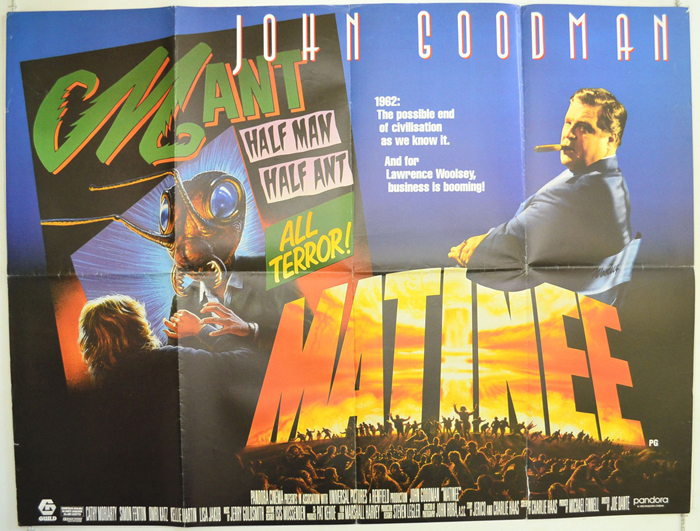
FTVN: MATINEE is a well-loved movie which pays homage to the 1950s films like THEM! – in its’ spoof film MANT! . Tell us more about your experience with that film.
JD: MATINEE was a very personal film for me because I was the same age as the lead character in 1962 during the Cuban Missile Crisis, or as we thought of it, The Last Weekend. The script went through a number of permutations before we landed on the Key West angle, but MANT!, our loving parody of 50s sci fi pix, was always part of it.
It’s an indie masquerading as a studio picture because the financing disappeared and Universal stepped up, but they opened it wide when it needed nurturing. But in the end it has a fanbase and I’m grateful I had the opportunity to make it.
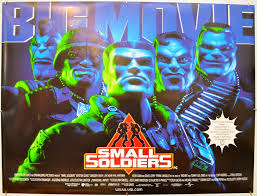
FTVN: SMALL SOLDIERS is another one that straddles a mix of ideas, but one which has become a much-loved favourite. How did the film develop from its’ original idea and what were your key requirements in production to make it work the way it did?
JD: SMALL SOLDIERS was an Adam Rifkin script that had been sitting on a shelf at Amblin for awhile because the technology just didn’t exist to make it properly.
By the time I got involved the plan was to have Stan Winston’s toy soldiers and antagonists portrayed largely by puppetry, but CGI had come along and we found it was a lot more economical to shoot background plates for a lot of it and computer animate the toys. There was some dissension over what age group it should be pitched to, which resulted in some compromises, but I still like it.
FTVN: Today, with the democratisation of film-making through digital and social media feeds, it has become much more accessible to people. What would you advise people who are looking to start their careers this way, with a view that one day they might end up working on bigger independent and bigger-budgeted films like a HOWLING or a GREMLINS?
JD: Whenever I’m asked advice about getting into the movies, I usually say just buy a ticket. Because the business has changed so much since the 70s that it’s almost unrecognizable, and anything I could say about my path into it is completely irrelevant.
However, the opportunities available to budding film-makers today far outstrip the Super 8 and 16mm cameras of my generation. You can make a movie on your phone now. Whole features have been made that way. Just make shorts or longer films (videos) about things you know.
Maximize what you’re good at. Get friends to help you and reciprocate. The whole face of visual culture is changing and you can get in on the ground floor.
FTVN: How important is networking within the industry?
JD: Networking is probably a useful practice, but not one I’ve ever been much good at, or interested in. Real networking, to me, is simply the connections and alliances you make among like-minded people.
FTVN: Finally, is there a favourite film that somebody else directed that would you have loved to have been in your filmography and why?
JD: Sooo many!
My love for the movies I’ve seen my whole life is what fuels me even today. It’s virtually impossible to isolate the hordes of meaningful titles I would have been proud to have on my “resume”, such as it is. And they’re not necessarily all Masterpieces either, just films that have moved and delighted me in one way or another. There are a lot of them on my website, Trailers from Hell, and many are referenced by myself and other guests on its podcast The Movies That Made Me. Check it out!
For more on Joe’s website TRAILERS FROM HELL, please click here.


